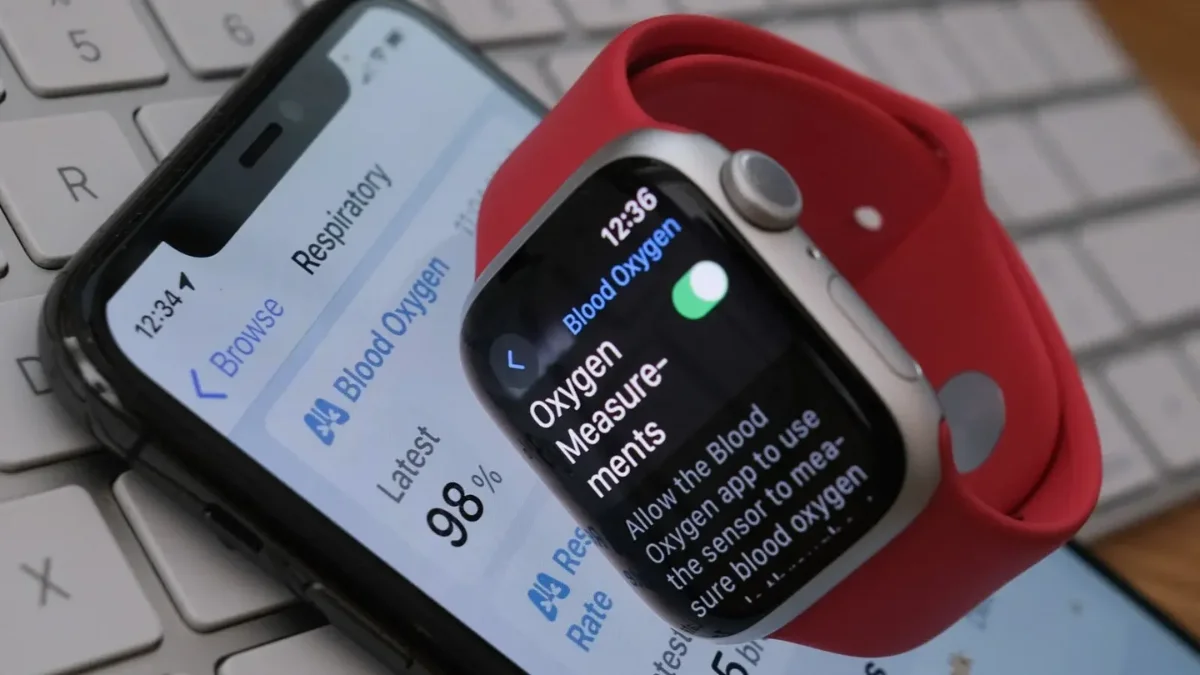Necessary Always Active
Necessary cookies are required to enable the basic features of this site, such as providing secure log-in or adjusting your consent preferences. These cookies do not store any personally identifiable data.
|
||||||
|
||||||
|
||||||
|

In Focus
In a decisive setback for Apple, a U.S. federal jury has ordered the company to pay US $634 million to medical-technology firm Masimo for infringing a blood-oxygen sensing patent. The ruling, first reported by Gadgets 360, underscores the high stakes of the Apple Masimo patent litigation that spans both intellectual property courts and U.S. trade regulators.
The legal battle began after Apple introduced the blood-oxygen (SpO₂) monitoring feature with its Apple Watch Series 6 in 2020. Masimo accused Apple of using its patented light-based pulse oximetry technology, originally developed for clinical patient monitoring, a claim the jury has now upheld. The particular patent at issue reportedly expired in 2022, but the court held Apple liable for the period during which it was active.
Related Post – Apple’s India iPhone Exports Soar 75% in H1 FY26
In a prior development, the U.S. International Trade Commission (ITC) ruled that certain Apple Watch models, specifically Series 9 and Ultra 2, infringed Masimo’s patents and imposed an import ban for U.S. shipments.
To comply with the ban, Apple initially disabled the blood-oxygen feature on these models sold in the U.S. In August 2025, Apple restored SpO₂ functionality by redesigning how the data is processed: instead of the watch itself handling the blood-oxygen computations, the paired iPhone now does. Recently, Apple demanded the EU repeal the Digital Markets Act after formally requesting European Union authorities to review the legislation.
The jury’s verdict carries significant business implications for device manufacturers, component suppliers, and other stakeholders operating in the wearable health-tech space. The ruling demonstrates that even consumer electronics firms like Apple can face large financial liabilities when embedding medical-grade functionality, especially in areas governed by specialized patents.
From a supply chain and export perspective, the decision also highlights how import bans tied to IP rulings can disrupt operations. Firms may need to revisit their intellectual property diligence, licensing strategies, and risk assessments, particularly when health-monitoring features are involved.
Additionally, this case underscores the importance of flexibility in product architecture. Apple’s workaround, shifting SpO₂ processing from the watch to the iPhone, shows how companies might adapt to IP challenges. But it also raises questions about the long-term robustness of such workarounds if further legal challenges arise. In other news, a federal judge in the U.S., Mark Pittman of the Northern District of Texas, has denied a motion to dismiss the antitrust complaint by X Corp. and xAI.
“The single patent in this case expired in 2022 and is specific to historic patient-monitoring technology from decades ago,” Apple said in its response, according to Gadgets 360.
“It affirms that even the largest and most powerful companies must respect the intellectual rights of American inventors,” said Masimo’s CEO, Joe Kiani, in a company statement.
Ultimately, the verdict marks a turning point in how wearable-device makers handle health-monitoring innovation. For decision-makers, whether in product development, partnerships, or regulatory compliance, this is a clear signal: innovation must be carefully aligned with intellectual property strategy.